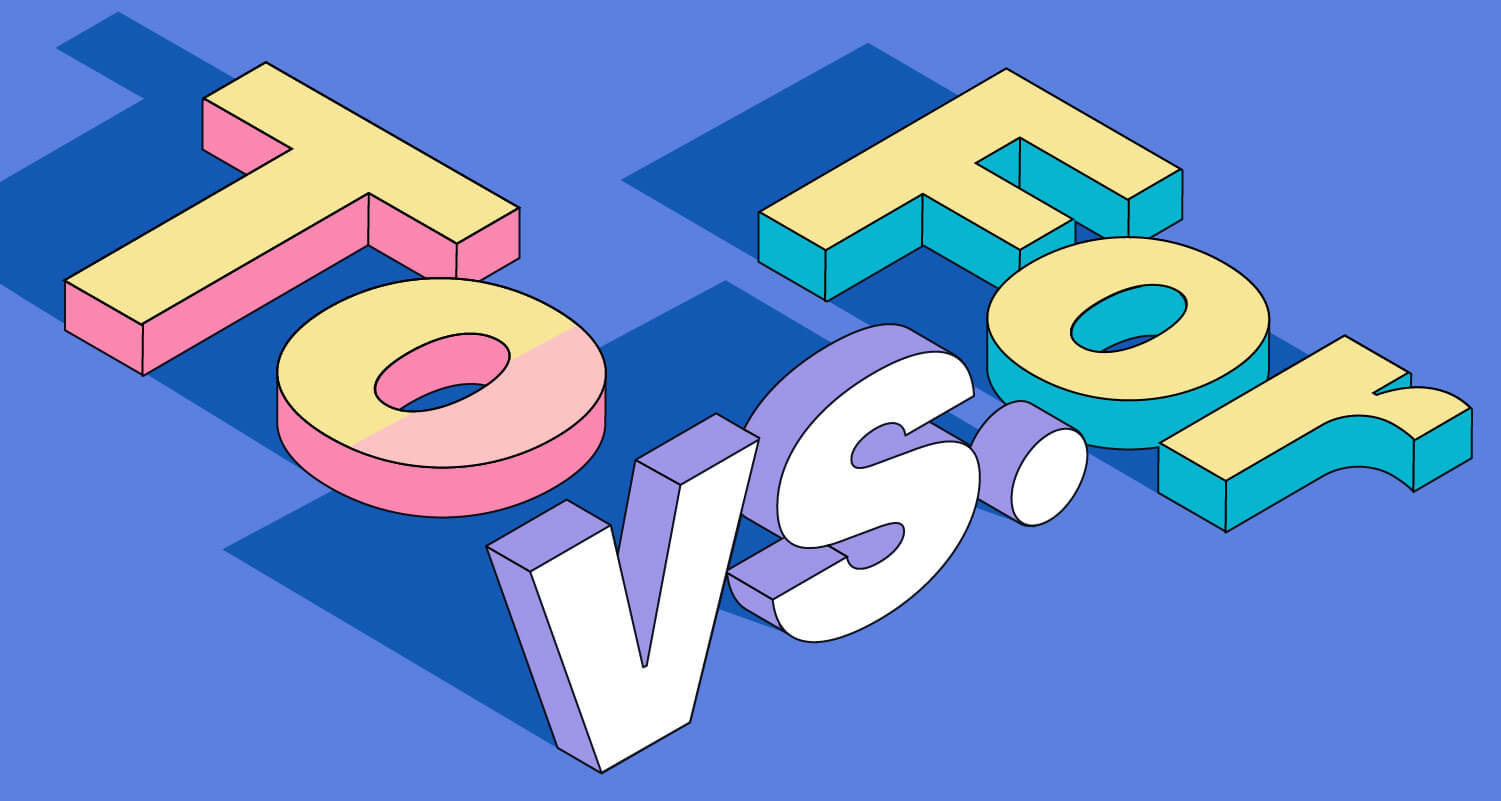 Professional traders entered a new day for U.S. politics with high expectations tempered with caution over what may go mistaken. The leader of this stampede was the Bank of England, a for-profit bank, which had been given the same accountability and powers to control the English economic system as the Second Bank of the United States, also a for-profit bank, did for America. By allowing the Second Bank charter to expire, there was no brake on returning to the status the Second Bank was chartered to stop and then stop, the formation of a multitudede of State and wildcat banks. Since you just lived by way of the 2007 financial collapse, you realize the rest of the story; banks failed in droves, unemployment skyrocketed and the economic system sunk into a deep despair. The American economic system did not get well until 1843 after six years of unprecedented unemployment and business inactivity. It started with the European economic system beginning to slow down, thereby lowering demand for American products, especially products from the newly and rapidly expanding West.
Professional traders entered a new day for U.S. politics with high expectations tempered with caution over what may go mistaken. The leader of this stampede was the Bank of England, a for-profit bank, which had been given the same accountability and powers to control the English economic system as the Second Bank of the United States, also a for-profit bank, did for America. By allowing the Second Bank charter to expire, there was no brake on returning to the status the Second Bank was chartered to stop and then stop, the formation of a multitudede of State and wildcat banks. Since you just lived by way of the 2007 financial collapse, you realize the rest of the story; banks failed in droves, unemployment skyrocketed and the economic system sunk into a deep despair. The American economic system did not get well until 1843 after six years of unprecedented unemployment and business inactivity. It started with the European economic system beginning to slow down, thereby lowering demand for American products, especially products from the newly and rapidly expanding West.
The West-to-East railroad interconnected the two economies, and the failure in the West began to be visited upon the East, and soon the jap United States’ economic system was on its means down. Where the response in 2008 was extreme volatility in the stock markets followed by the final collapse in December 2008, the response in 1857 was related—economic volatility and inevitable collapse of the economic system. Presidents Buchanan and Obama have one thing in frequent: they inherited a collapsing economic system upon their assumption of office. Nearly two years later, in 1859, the economic system began to stabilize, but inflation was still high. Baton Rouge: Louisiana State University Press.) Even so, America was at warfare with itself just two years later. One downside, nonetheless: as rapidly as dropping the gold commonplace expands the economic system, reestablishing it contracts the money supply and, due to this fact, the economic system.
And why not, it was one of the longest development cycles America had experienced to-date, eight years before the rug was pulled out from underneath them. This action by the Chancellor had some somewhat unintended and very damaging consequences; the destruction of the European economic system and the fuse that led to the Panic of 1873 in America.
As it was previously described, America’s economic system was booming after the tip of the Civil Warfare. By design, there were no governmental regulatory constraints on the economic system and consequently business followed the natural path sought by pure, marginally regulated capitalism. The natural outcome, as it had been in 1815, 1825, 1837, and 1857 was an overheated economic system just waiting for the proper contractionary episode(s) to occur causing it to collapse, somewhat than decline. After America had recovered from the longest despair it and the world had ever experienced in 1879, the economic system boomed; it really boomed. This might need not been enough to push the economic system over the edge, although it was actually an excellent start, but the government helped set the stage with its economic policies.
These economic shocks may not have been enough to push the economic system over the edge on its own, although it was actually an excellent start. Hayes did back the passing of the Specie Fee Resumption Act of 1875, which required the treasury to redeem any outstanding bucks in gold which had the reverse effect of deflating the economic system. As it turned out, between these two measures, the economic system finally improved enough so by 1879, growth was about to begin. This action by the Harrison administration was all that was needed to set the wheels in motion for the economic system to depart the tracks three years later. What the Republican economic policy choices in the end did was set the stage for a run on gold when the economic system started its downward spiral which led to bank failures and in the end a crash of major proportions. The economic system improved for a short time in about seven months, but unemployment didn’t stop rising.

